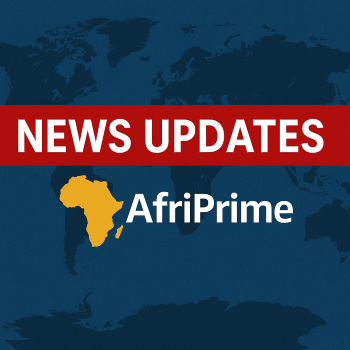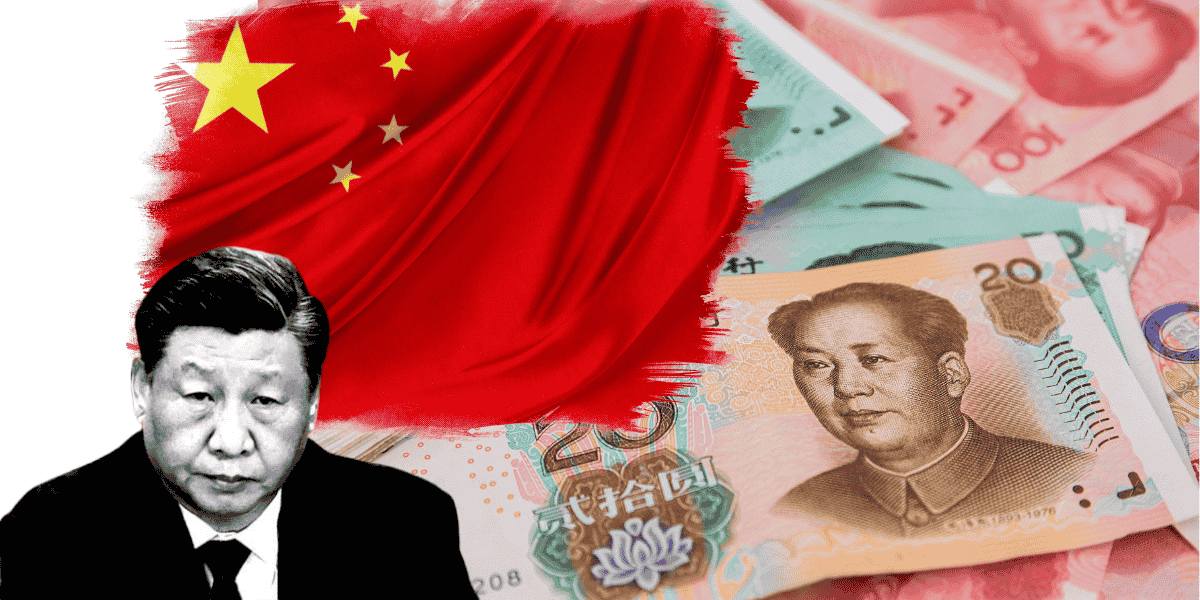BIG Shift! China Has Transitioned, For The 1st Time, From World’s Biggest Financier To Leading Debt-Collector

For the first time in this century, China’s role has shifted from the world’s foremost capital provider to a leading debt collector. This change will have far-reaching implications for the global order. It can fuel instability in many parts of the world and force countries into strategic geopolitical realignments.
This historic shift in China’s role from capital provider to debt collector marks the end of two decades of easy Chinese money, and it can negatively impact poverty reduction programs, global development goals, and worldwide growth rates.
While it will have a global impact, the change will be felt most keenly in some of the world’s poorest and most vulnerable countries.
According to the Sydney-based Lowy Institute, some of the world’s poorest countries are due to make record debt repayments to China in 2025. Most of these loans were extended in the first and second decades of this century, when Beijing was flush with surplus money and was frantically looking for avenues to invest in.
The peak of this easy Chinese money came in 2015, at the height of China’s ambitious Belt and Road Initiative (BRI). Since then, there has been a sharp reduction in lending from Beijing.
This, coupled with maturing loans, has now led to a situation where, for the first time in this century, China will be viewed not as a benign capital provider, but as a screwed debt collector, forcing poor and vulnerable countries to make hefty loan repayments when their people are clamoring for basic health and educational facilities.
The Scale Of The Debt Repayments
According to the Lowy Institute report, China will collect over USD 35 billion in 2025 as loan repayments.
Of these, the world’s poorest and most vulnerable countries will make record-high debt repayments totaling USD 22 billion to China.

“Developing countries are grappling with a tidal wave of debt repayments and interest costs owed to China. Debt service flows to China from developing countries will total $35 billion in 2025 and are set to remain elevated for the rest of this decade. The bulk of this debt service, some $22 billion, is owed by 75 of the world’s poorest and most vulnerable countries,” the report said.
This debt servicing is putting enormous financial strain on developing economies, forcing them to compromise on critical spending priorities such as health, education, poverty reduction, and climate adaptation.
China was a “minor lender” at the beginning of this century. However, by 2010, Beijing had become the leading lender. By the mid-2010s, China was the dominant bilateral credit provider to the developing world.
This was also the peak of China’s loan disbursements under the BRI. In 2016, new Chinese state-backed loans totaled more than US$50 billion, outweighing the combined lending of all Western creditors in that year.
Poor Countries Hardest Hit
China’s loan disbursements were most pronounced in some of the world’s poorest countries, desperate for capital but with limited access to private creditors.
“In these economies, China rose from holding less than 5% of external debt in 2005 to more than 40% by 2015.”
Similarly, in 54 of 120 developing countries with available data, debt service payments to China now exceed the combined payments owed to the Paris Club — a bloc that includes all major Western bilateral lenders.
In 2025, as much as 30% of all loan repayments by developing countries will go to China.
“China is the single largest bilateral creditor in 53 countries and ranks among the top five in three‑quarters of all developing countries.”
From Debt Provider To Debt Collector
China’s loan disbursements started declining after the peak of 2016. Since the end of the pandemic, it has flatlined at around US$7 billion per year.
In a span of a few years, China has transitioned from the world’s biggest capital provider to the world’s leading debt collector. The transition has been both rapid and stark.
“In 2012, China was a net drain on the finances of 18 developing countries; by 2023, the count had risen to 60.”
China’s Debt Trap Diplomacy
During the 2010s, many financial experts warned that a significant portion of Chinese loans were unsustainable.
With the easy availability of Chinese money, many extravagant infrastructure projects were initiated, which were untenable. Many experts raised red flags that these projects will never be able to recover their investments.
In many countries, including in Africa, the easy availability of Chinese money fueled corruption.
India, which has refused to join the BRI project, has repeatedly warned its neighbors that Chinese loans are part of its debt-trap diplomacy —a strategy of extending large loans to developing nations for infrastructure projects with terms that can lead to financial dependency and strategic concessions.
Critics argued that China was deliberately burdening countries with unsustainable debt so that it could gain political leverage and control over key assets when borrowers default.
In 2018, the Lowy Institute also warned that the burgeoning scale of China’s lending and institutional weakness within Pacific states pose clear risks for small states being overwhelmed by debt.
A prominent example of this strategy is Sri Lanka’s Hambantota Port. In 2008, Sri Lanka borrowed heavily from China’s Exim Bank to fund the port’s construction, costing over US$1.3 billion.
The project, pitched as a driver of economic growth, failed to generate sufficient revenue due to low traffic and mismanagement. By 2017, Sri Lanka, unable to repay the loans, handed over the port and 15,000 acres of surrounding land to China Merchants Port Holdings on a 99-year lease. This gave China strategic control over a key maritime asset near major shipping routes, raising concerns about its military implications.
There have been multiple reports of Chinese submarines docking at the Hambantota port. Experts fear that the port could serve as a quasi-naval facility for the PLA Navy.
Another notable example is Pakistan’s Gwadar Port, which is part of the China-Pakistan Economic Corridor (CPEC). Pakistan borrowed billions for these projects. Struggling with repayments, Pakistan has granted China operational control over Gwadar, enhancing Beijing’s influence in the Arabian Sea.
Similarly, in Djibouti, China funded a strategic port and military base, with the country’s debt to China reaching 70% of its GDP by 2020, raising concerns about potential asset seizure.
China is also forcing its indebted countries to acknowledge the One-China policy and change their stance on Taiwan.
Many argue that Chinese loans were the main reason Panama cut its diplomatic ties with Taiwan.
In the coming years, some other countries can also default on Chinese loans. It would be interesting to see what diplomatic bargain Beijing will strike with these countries to restructure their loans.
- Questions and Answers
- Opinion
- Motivational and Inspiring Story
- Technology
- Live and Let live
- Focus
- Geopolitics
- Military-Arms/Equipment
- Securitate
- Economy
- Beasts of Nations
- Machine Tools-The “Mother Industry”
- Art
- Causes
- Crafts
- Dance
- Drinks
- Film/Movie
- Fitness
- Food
- Jocuri
- Gardening
- Health
- Home
- Literature
- Music
- Networking
- Alte
- Party
- Religion
- Shopping
- Sports
- Theater
- Health and Wellness
- News
- Culture

